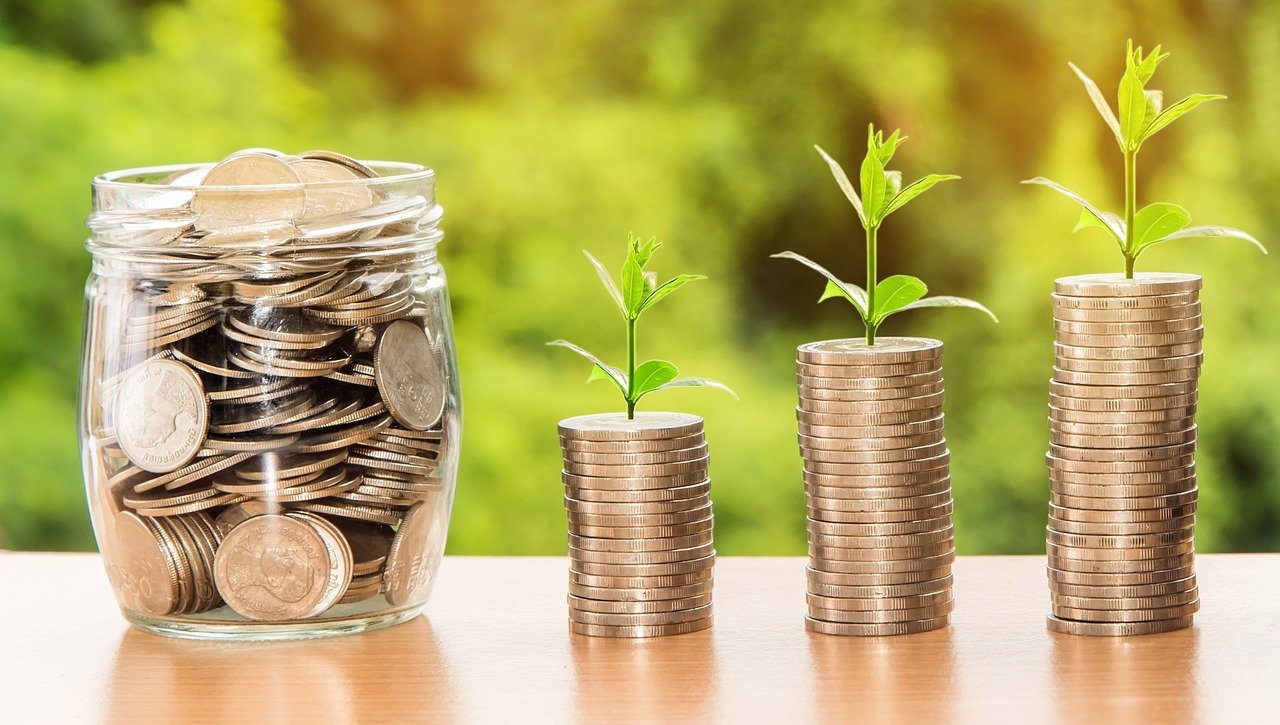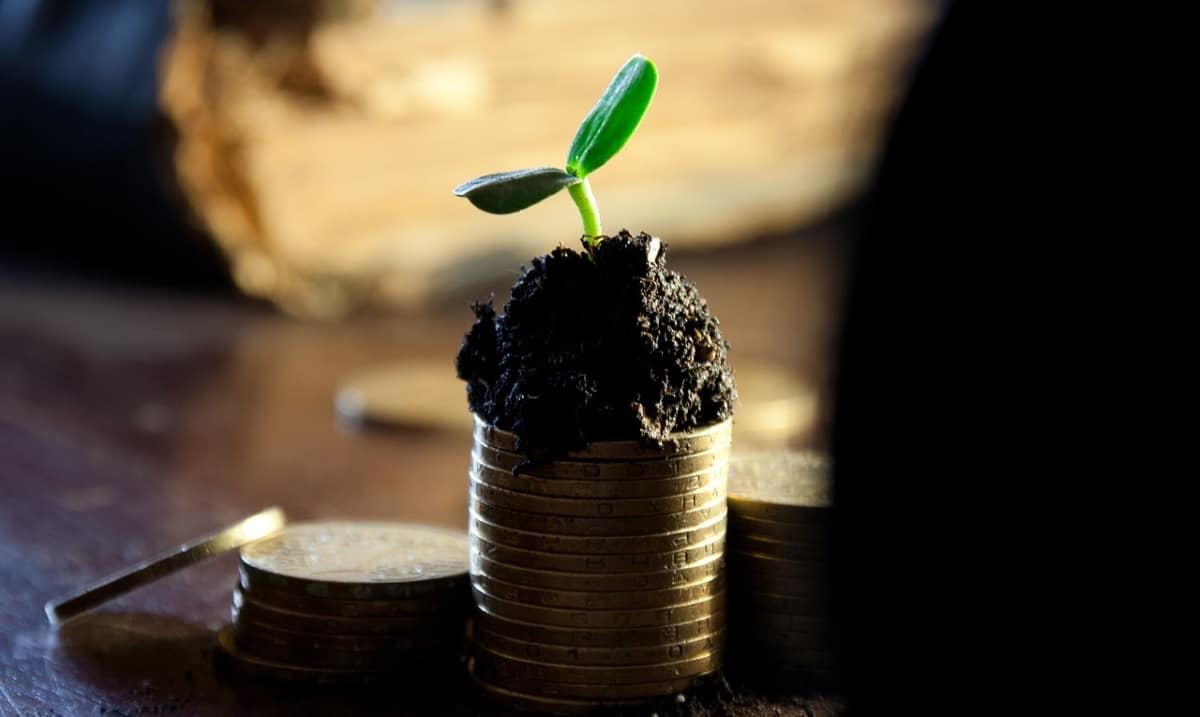
Dividends are part of the remuneration to shareholders that many listed companies share their profits. It is a way to reward and distribute benefits among those who own company titles. However, there are different profiles of investors, how different types of people exist. The question many are asking is what to do with the dividends they are going to receive. One of the most famous possibilities is the reinvestment of dividends.
Define what type of investor profile you areWhether you are going long or short term, or if you are in a company that really interests you or not, these are questions that must be answered. With this, you will be able to make better decisions on how to manage the returns obtained by dividends. Sometimes, it will not be the same personal situation, ambitions, needs or beyond the personal… the trust you have in the company. There will be times when it will be more or less interesting to invest in it, and making a good balance on your intentions, it will take you in the direction you want.
The effect of "compound interest"

One of the effects that we can notice in the long term after the reinvestment of dividends is that of compound interest. This type of investment is based on the idea of adding the interest generated to the capital that was had. In this way, next year the profitability is not only obtained from the same capital, but from the capital plus interest. The total return is slightly higher, and perpetuating this type of reinvestment in the long term usually brings more benefits than if, on the contrary, we never increase the capital that was initially contributed.
It is also known in street lingo as the "snowball effect." Its base is based on the analogy that refers to throwing a snowball downhill. At first, it will catch very few flakes as it is a small ball. As the ball descends, it will grow and increase in size. In the end, there will be a very big snowball.
To get an idea of the differences that can be achieved by reinvesting capital, we can assume the evolution of different types of portfolios. There will be some with low dividends, another with companies with higher dividends, etc ... Let's see what profitability would be obtained with variable returns, some without reinvesting, and others reinvesting. The 30-year-old is purely educational, in the sense that on rare occasions an investment will be so long, but it serves to have a reference to the change that occurs.
Estimated differences between not reinvesting and reinvesting dividends
In the image you can see the differences in the long term on the initial capital. Starting from an investment of 10.000 euros for example, we find two remarkable different scenarios. A first scenario in which the collection of dividends is not reinvested, and a second scenario in which it is reinvested. In both cases it is assumed that the shares have been held over the years, otherwise the collection of dividends would not have been possible.
- Dividends at 2%. As it is the lowest dividend, the differences that we can see in the long term are very very slight. Still, there is a slight difference after 30 years. 16.000 euros if nothing has been reinvested, to 18.113 euros in case of reinvestment of the dividend.
- Dividends at 4%. In 4% we can already speak of notable differences. After 30 years, the respective capitals would be 22.000 euros not reinvested compared to 32.433 euros in the case of reinvestment.
- Dividends at 6%. Yes, getting these returns are not usual, and on rare occasions they will be possible. Even so, there are companies with substantial dividends. In these cases, and if these remunerations are "perpetuated", we would find a portfolio in 30 years that would amass 28.000 euros if not reinvested, compared to the other of 57.435 that would have been reinvested.
When the reinvestment of dividends is not a good option
The possibilities to which we can choose are multiple. Sometimes due to personal or other market conditions. Dividends provide some liquidity, but reinvesting those earnings will be a decision to make depending on the scenarios that may arise. In the following cases you can see what and why it would be advisable not to reinvest the returns obtained in the same company.
- Need for liquidity. Anticipating possible expenses and not having enough savings available would be reasons to opt for this option. Nobody is interested in taking a loan at a higher percentage than the dividend received. What sense would it make to spend on a higher percentage of interest than charged?
- Market conditions are not conducive. It may eventually be that the market is considered expensive, and there is no place to reinvest them. Although the simulators show that reinvesting them is a capital increase in the long term, we all know that buying at expensive times is not a good idea. The criterion to determine if the market is expensive or cheap would already fall within the particular analysis method that each investor makes.
- There are more attractive companies to invest in. It is not always a good idea to reinvest dividends in the same company from which we receive them. A typical example, when more dividends are distributed than benefits received. That is, a payout greater than 100%. Searching for other more "attractive" companies is an alternative.
- It is not clear what to do. Recognizing that there is some uncertainty is not bad. The rash thing would be to venture into the "something must be done." Doing nothing is also a decision, and sometimes it will have to be made. Sooner or later the time always comes when there is an opportunity, and in the worst case, there will be liquidity for needs that can be had.
Conclusions
The reinvestment of dividends as long as we have capital and our interest is to increase it, will be a good option in the long term. We have seen that the increases will not always be noticeable, but they will be constant. In addition, Defining objectives, analyzing conditions and attending to personal needs will be crucial in making decisions. If good capital management is done correctly, it will lead to an increase in it.
If you are interested in knowing companies that raise the dividend this year, do not forget to visit the next page!


